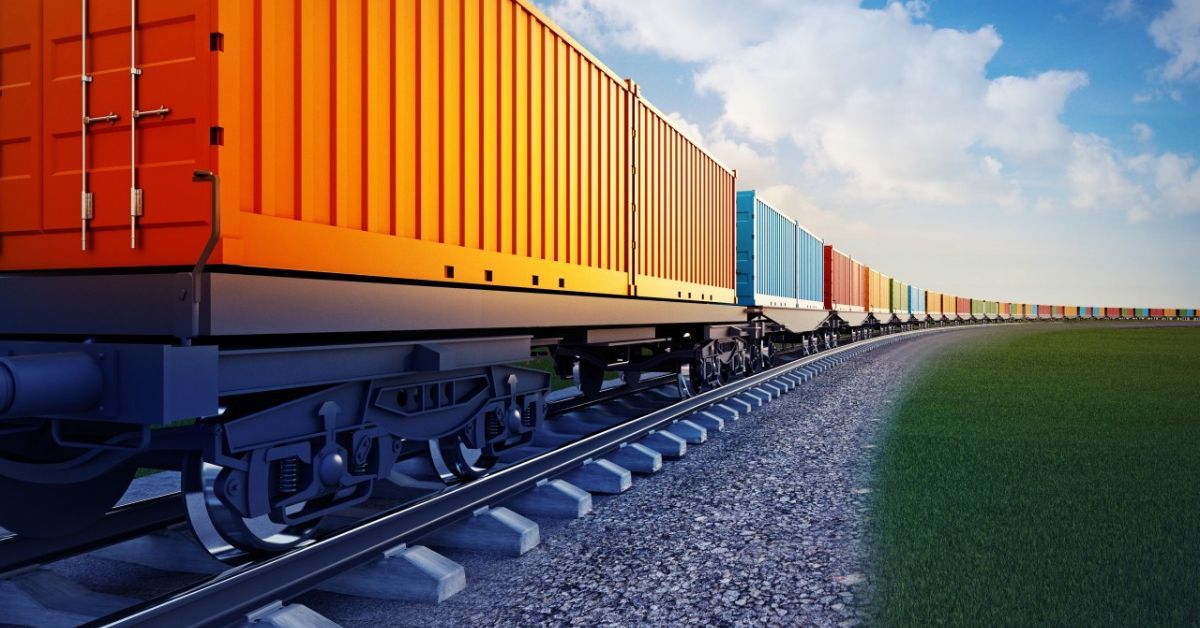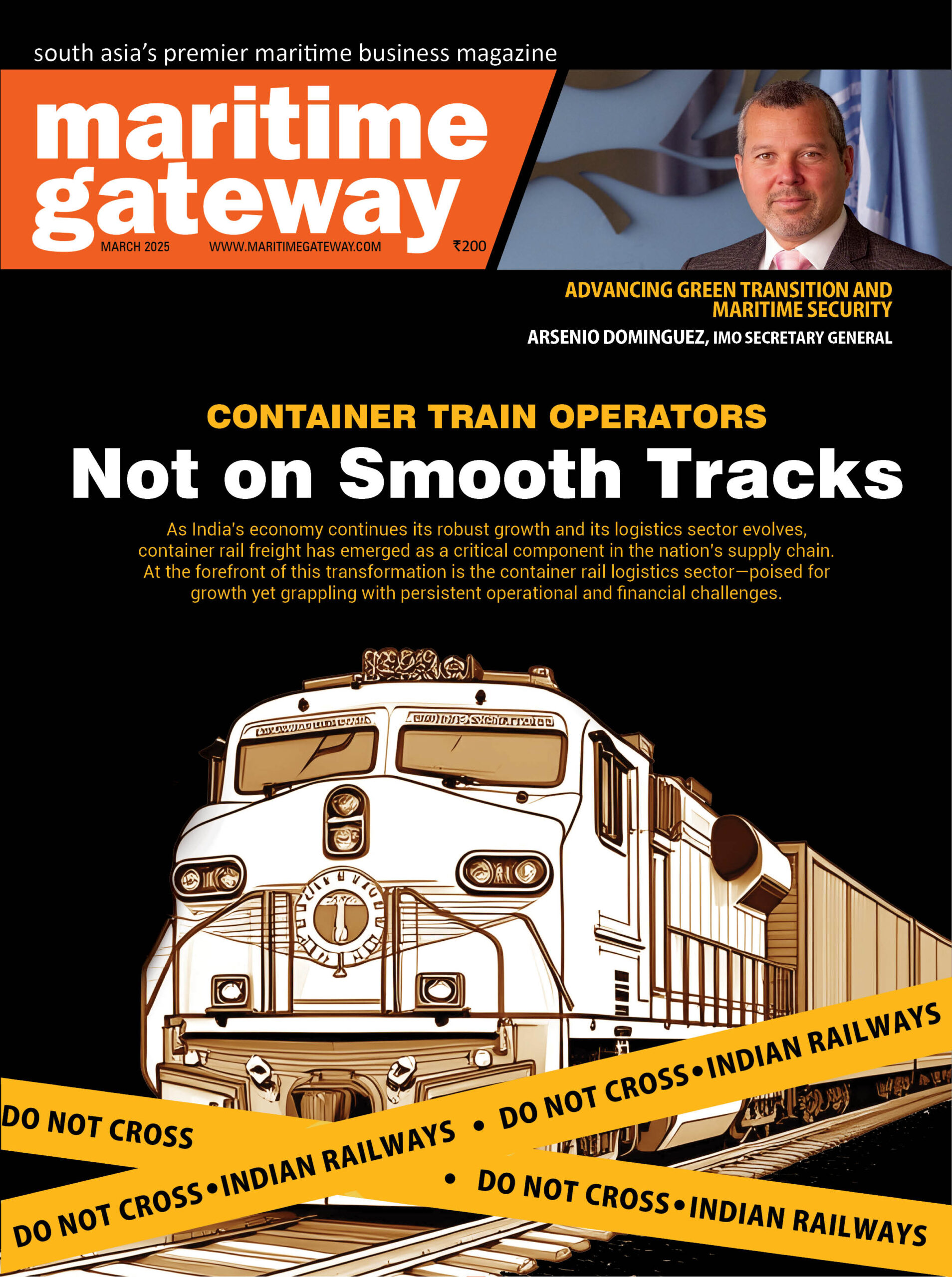Indian Railways is working on a freight rate reduction plan for short-haul cargo—specifically targeting movements within 300 kilometres—to directly compete with road-based transportation.
This initiative, now being piloted in industrially active states such as Gujarat and Maharashtra, is poised to transform short-distance freight dynamics and contribute towards decarbonising India’s transport ecosystem. At present, short-haul freight by rail is significantly more expensive than road, averaging ₹1.36 per tonne per kilometre—nearly double that of road freight. This pricing imbalance has long discouraged industrial shippers, especially in sectors such as coal, steel, cement, and agro-products, from embracing rail for shorter routes. However, Indian Railways now plans to correct this disparity through a calibrated pricing policy, supported by infrastructure upgrades and operational realignments.
Key to this shift is a concerted push to address long-standing issues in last-mile connectivity, a known hurdle in India’s rail logistics chain. Railway officials indicated that a significant focus is being placed on creating seamless multimodal integration through 100,000 new sidings, offering direct access to warehouses, processing hubs, and industrial clusters. These new sidings, developed under a dedicated private-public partnership model, are expected to boost both efficiency and investor interest. Between FY14 and FY24, the number of dedicated freight terminals has grown from 1,875 to 4,300—signalling the ecosystem’s readiness for a more aggressive logistics play. If the new short-haul policy achieves the desired traction, Indian Railways aims to expand its current freight market share from 28% to 35% over the coming years—a move that aligns with the national objective of reducing carbon emissions through modal shifts from road to rail.
While inland waterways still offer the most cost-effective option at ₹1.06 per tonne per kilometre, they remain geographically limited and sector-specific. Rail, on the other hand, holds potential to scale across India’s industrial corridors. The proposed freight reforms are thus not only economic in nature but also critical to building sustainable, equitable, and low-carbon urban freight systems. Beyond industrial implications, the move underscores a broader sustainability vision. Short-haul trucking contributes disproportionately to urban pollution and road congestion. Rail-based freight alternatives, if made viable, can play a pivotal role in shaping cleaner, more liveable cities. For developers of green infrastructure and city planners, this evolving logistics landscape may offer new models for integrated, inclusive mobility.
The Indian Railways’ bid to challenge truck freight in the short-haul segment is not without challenges. However, by leveraging pricing strategy, infrastructure modernisation, and streamlined logistics, the sector is poised for a significant transition. A full rollout, officials suggest, will be phased in based on stakeholder response and regional cargo patterns.







